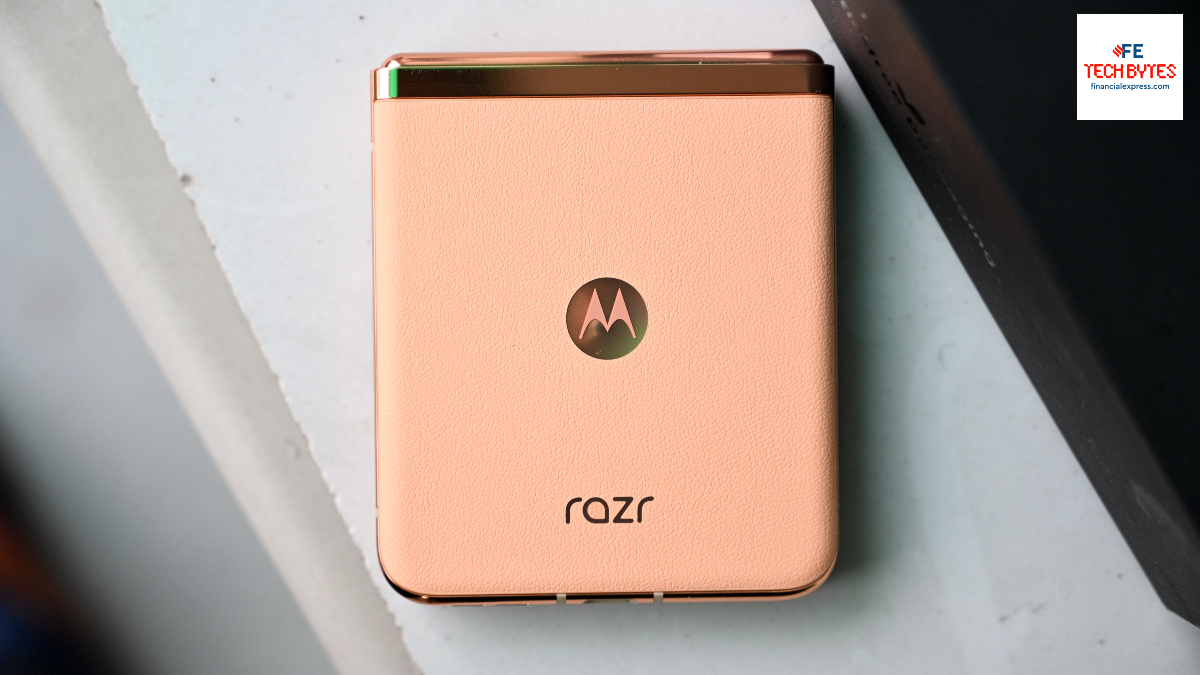Coimbatore is the second largest city of Tamil Nadu and one of the fastest growing urban agglomerations in the state and in India. Located on the banks of the Noyyal river in Western Tamil Nadu, Coimbatore (Koyanputhur meaning the new town of Koyan) is believed to have been named after a local chieftan called Koyan.
Known for its textiles and engineering industries and for its educational institutions, the economy of Coimbatore has been adversely affected by the deteriorating electricity situation in recent years. Nevertheless, industrialisation and urbanisation have created conditions in which the city has experienced peripheral expansion, with smaller municipalities and large villages surrounding the core city becoming part of the area under the Coimbatore City Municipal Corporation (CCMC). Most recently, in October 2012, the area of the city has more than doubled from 105 square km to 257 square km and its population has increased from 10 lakh to 16 lakh.
With physical expansion, rapidly increasing population and growing industrialisation comes the challenge of rising amounts of garbage generated in the city. If not properly managed and safely disposed, solid waste can play havoc with the health of city residents. The Government of India had notified the Municipal Solid Waste (Management and Handling) Rules in 2000, thereby making it mandatory for all urban local bodies in the country to engage in collection, segregation, secondary storage in covered bins, transportation in covered vehicles, processing through composting or waste-to-energy technologies and disposal of rejects in engineered/sanitary land-fills. Even after 12 years, most cities have confined themselves to collection and transportation of solid waste. Processing and safe disposal are being attempted only in a few cases.
CCMC is following an integrated approach to solid waste management, with a difference. Rather than starting with door-to-door collection, building awareness for segregation at the household level, and transporting the rubbish to the dumpsites in the slow march towards solid waste management as has been the practice in many cities, CCMC has chosen to first take care of the backlog in processing and disposal, in its slow march.
Prior to 2007, Coimbatore was no different from most other cities of India in its neglect of the garbage generated in the city. Heaps of garbage were poorly collected and carelessly transported from transfer stations in uncovered trucks to dumpsites which could only be described as land-hills. As the city expanded over the years, the dumpsites got closer and closer to town and became a major public health hazard.
In 2007, JNNURM (Jawaharlal Nehru National Urban Renewal Mission) offered to the urban local bodies a vision to clean up their act. Solid waste management and disposal was an activity eligible for substantial funding under JNNURM. CMCC was quick on the uptake and was the first Municipal Corporation to get approval for an integrated solid waste management project for Coimbatore in February 2007. This was the first Public Private Partnership (PPP) project under JNNURM. K Saravanakumar, assistant executive engineer of CMCC who showed me around, has been ?in charge of SWM? for the past 20 years. I was impressed by his enthusiasm as he observed, ?with the advent of JNNURM, the growth of the Corporation in the SWM sector has been stupendous?. He went on to emphasise the cross-learning from other ULBs.
The total cost of the solid waste management project was R96.5 crore, with 50% contribution from the Government of India, 20% from the Government of Tamil Nadu and the remaining 30% to be put in by CMCC. Of the total cost, R26.3 crore was for collection and transportation of segregated waste up to the transfer stations in the city. This was to be implemented by CMCC itself. The larger part of the project, i.e. R68.9 crore, was for setting up a compost plant (a waste processing facility), an engineered landfill (a waste disposal facility), capping of the 3 old and abandoned dumpsites, building 4 new transfer stations with mechanical handling facilities, and transporting waste to the processing and disposal site. This task was implemented by entering into a PPP.
The private partner was selected through a process of competitive bidding, and CMCC?s share of financing was managed through the PPP. Land (180 acres including 25 acres for the engineered landfill) was given to the private concessionaire by CMCC on annual lease at R1 per square metre for a period of 20 years. The contract was on DBOOT (design, build, own, operate and transfer) basis. A minimum quantity of 700 tonnes per day of waste was to be provided by CMCC and a tipping fee was agreed on the basis of cost calculations for transportation, processing and disposal (up to 25% of the waste). The average tipping fee per metric tonne worked out to R668 in 2008, R947 in 2012, R1,036 in 2013, rising to R3,710 in the terminal year of the contract, i.e. 2027.
When I visited Coimbatore a few days ago, I saw a beautiful, green park in a 4-acre part of the dumpsite at Kavundampalayam. Until 2003, garbage was being dumped at this dumpsite (33.4 acres). Over the years, it had collected 30,000 cubic metres of garbage and the dump height had reached over 2 metres. The waste has been shifted, bull-dozed and re-formed within this area in the process of capping, using thick gas drainage layers, geo-textile lining, vegetative layers and gas vents using perforated HDPE pipes. In capping this dumpsite, CCMC has reclaimed 20 acres of land, besides increasing the land value of the surrounding areas.
It was sad to see construction debris on the reclaimed land, which has been dumped there by builders and will once again have to be transported to dumpsites using public funds. Earlier reports suggested that this land would be used for setting up a modern wholesale vegetable market, but this has not happened.
At another dumpsite (1.89 acres) in Ondipudur, which was functional until 2006, 15,367 cubic metres of garbage had been dumped to reach a height of over 2 metres, and this again has been capped and converted into a green hillock. In the third dumpsite at Vellalore (a large area of 250 acres), garbage of 12,50,000 cubic metres has piled up to the height of 2 metres and it is currently being capped scientifically.
An engineered/sanitary landfill has been built by the private operator at Vellalore with a life of 25 years. At the waste processing facility, once the waste is received from the transfer stations, all recyclable materials are segregated. Combustible bulk materials are segregated and shredded for making RDF. The biodegradable waste is taken through aerobic digestion process to make compost, while the inert material is sent to the landfill.
I visited one of the new transfer stations at Peelamedu area equipped with an electronic weigh bridge where garbage is unloaded from collection vehicles and reloaded onto larger bulk refuse carriers for transportation to the treatment and disposal facility. CCMC has introduced online Waste Truck Monitoring System using Radio Frequency Identification (RFID) which is linked with the weigh bridges commissioned at the waste transfer stations as well as at the waste processing and disposal facility at Vellalore. All the trucks deployed for waste transport are fitted with RF tags which are electronically programmed. As the truck halts at the weigh bridge, it automatically records the truck number, the wards from which the waste has come, name of the driver, the time of entry of the truck, weight of the waste, etc. This enables the Corporation to monitor the exact number of trips made by each truck and the quantity of waste handed over at the transfer station. The secondary transportation of the waste to the waste-processing facility and the engineered landfill is carried out by the private company in covered trucks.
While the PPP part of solid waste management has done well, CCMC has been wanting in its efforts to achieve door-to-door collection and spread awareness about segregation. A new initiative of ?Sunya? (zero waste for ward number 23) through an MoU with the Municipal Association of Nepal in April 2012 is a good beginning. CCMC can join hands with civil society and ragpickers, as in the case of Pune, to push this initiative forward.
Dr Isher Judge Ahluwalia is Chairperson, ICRIER, and also former Chairperson of the High Powered Expert Committee on Urban Infrastructure Services, which submitted its report to MoUD in March 2011






















